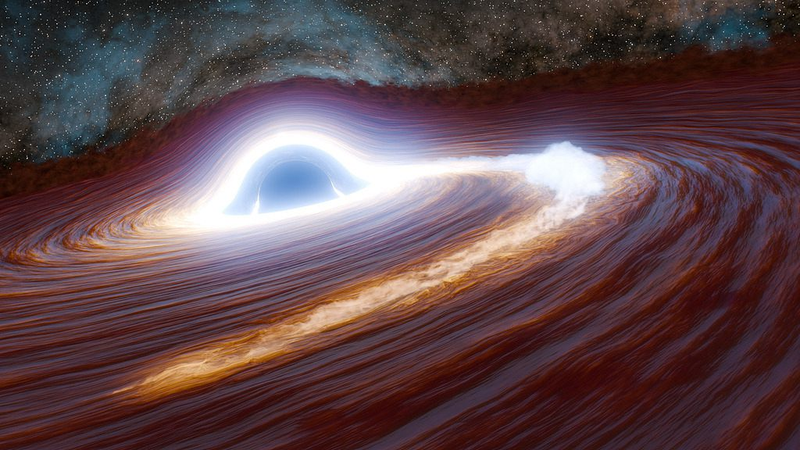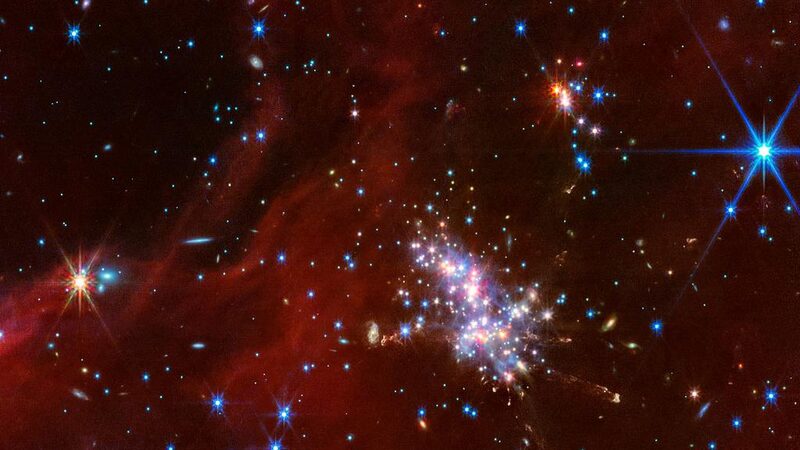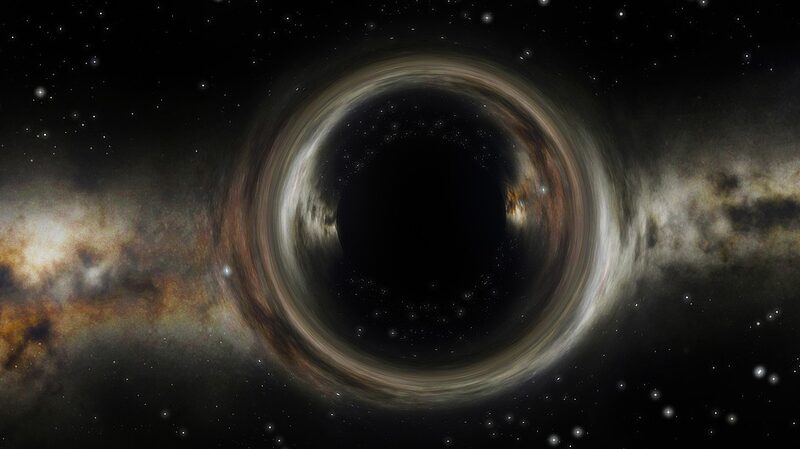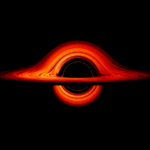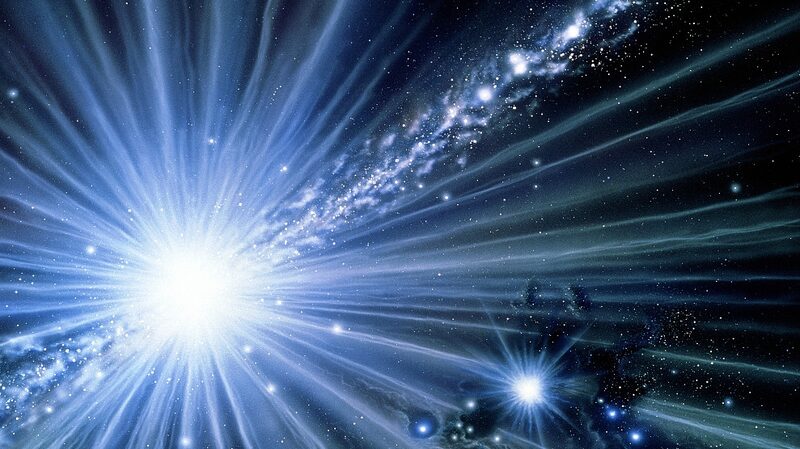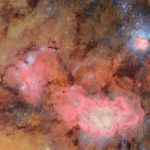Astronomers have detected the most energetic cosmic flare ever observed – a celestial lightshow triggered when a supermassive black hole 300 million times the Sun's mass devoured a star in a distant galaxy. The event, occurring 11 billion light-years away, reached peak brightness equivalent to 10 trillion suns, rewriting our understanding of extreme astrophysical phenomena.
Spaghettification in Action
The flare originated from a star being torn apart through 'spaghettification' – stretched into thin strands by the black hole's intense gravity. 'The star was likely knocked from its orbit by cosmic interactions before meeting its spectacular end,' explained Caltech astronomer Matthew Graham, lead author of the Nature Astronomy study.
Rare Cosmic Ingredients
The destroyed star weighed between 30-200 solar masses, making it exceptionally rare. 'Massive stars live fast and die young,' noted co-author K.E. Saavik Ford. 'This discovery suggests black holes might help grow such stellar giants through material accumulation.'
Decade-Long Lightshow
First detected in 2018 through telescopes in California, Arizona, and Hawaii, the flare continues fading after reaching luminosity 30 times greater than any previously recorded black hole event. Researchers estimate the entire consumption process will span 11 years, offering unprecedented observation opportunities.
This cataclysmic event provides scientists a unique laboratory to study matter behavior under extreme gravity while peering 11 billion years into the universe's past through light's time-traveling properties.
Reference(s):
Star-eating black hole unleashes record-setting energetic flare
cgtn.com
